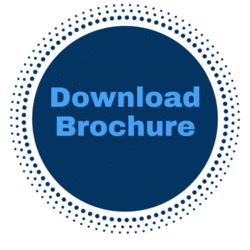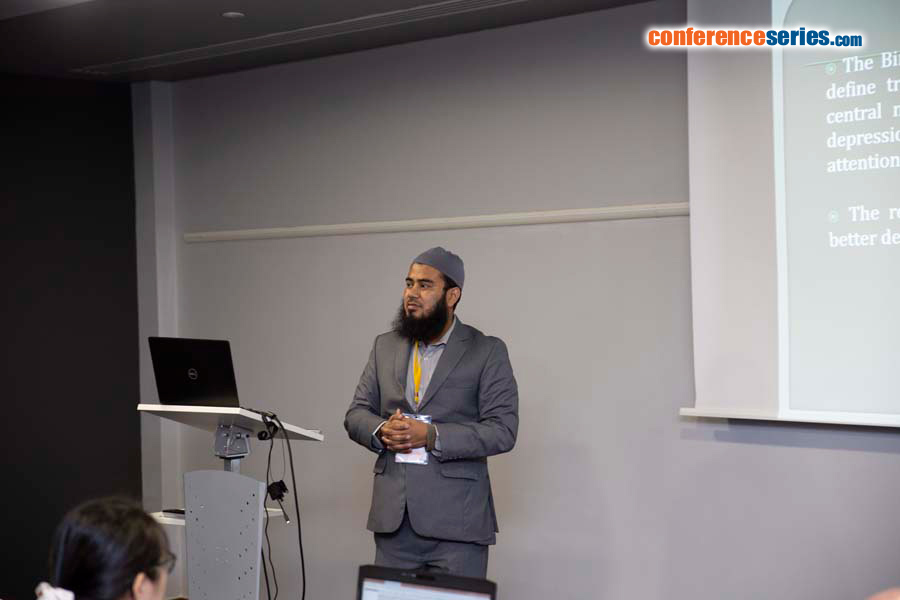
Muhammad Abul Hasan
Hamdard Institute, Pakistan
Title: Machine learning and validity of binaural beat protocols: Trainability and interpretability
Biography
Biography: Muhammad Abul Hasan
Abstract
Statement of the Problem: Binaural Beat (BB) is a form of sound wave therapy in which both ears received sounds of slightly different frequencies, yet auditory cortex perceived as a single signal [1]. BB therapy is provided in frequency ranges corresponding to electroencephalogram (EEG) bands (theta, alpha, beta, and gamma). Studies have shown benefits of different types of BB therapy for treatment of anxiety, depression, mood and memory [1-4]. Studies used different cognitive and EEG tests for studying psychological and neurological changes following BB stimulation [3,4]. However, the unknown mechanism of BB therapy is a challenge for end users to implement BB in clinics [5]. The unknown mechanism might be due to lack in validation processes. In this study, machine learning and regression analysis was applied to study the neurological and psychological changes.
Methodology & Theoretical Orientation: 21 participants in this study were divided into three groups for receiving different BB stimulation (alpha; 400-410 Hz low beta; 400-414 Hz, and high beta; 400-429 Hz stimulation). The stimulation was provided in three consecutive 5 minute sessions (15 min total length). Digit span (4 to 8 words) task was performed on each subject to study effects of BB on memory. EEG with 128 Hz sample rate in closed-eyes state was recorded with Emotive epoch 14 channels device for studying neurological changes. Ethical permission was provided by University Ethics research committee. EEG data was converted into frequency domain using Welch modified periodogram method. Supervised machine learning was applied using artificial neural network.
Findings: Alpha BB causes reduction in frontal theta and enhancement in posterior alpha. The accuracy for neurological and cognitive data was 72% and 75% respectively, for alpha BB. Also, the reduction in score and increase in response time for complex digit memory task when compare to simple task is also non-significant. It means participants were performing complex task with more confident.
Conclusion & Significance: Alpha BB with only 15 min stimulation duration induces neurological and cognitive changes. Machine learning and regression analysis techniques should be applied for validating the effect of BB. Our findings suggest that alpha BB stimulation should be tested for empowering attention and for relaxation before starting neurofeedback training sessions.
Recent Publications:
• Huang L, and Charyton C. (2008). A comprehensive review of the psychological effects of brainwave entrainment. Altern Ther Health Med. 14 (5), 38–50.
• Chaieb L, Wilpert E, Reber T, and Fell J. (2015). Auditory beat stimulation and its effects on cognition and mood states. Front Psychiatry 6, 1-9.
• Gao X, et al. (2014). Analysis of EEG activity in response to binaural beats with different frequencies. Int J Psychophysiol. 94 (3), 399–406.
• Goodin P, et al. (2012). A high-density EEG investigation into steady state binaural beat stimulation. PLoS One 7 (4): 1-8.
• Jirakittayakorn N, and Wongsawat Y. (2017). Brain responses to a 6-Hz binaural beat: effects on general theta rhythm and frontal midline theta activity. Front. Neurosci. 11, 1-11.



